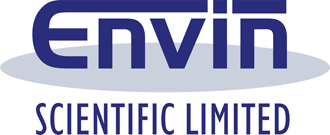
How fluorescence filters can help sugar do sums
Fluorescence filters are part of a process that allows computers to be built using sugar, and not silicon.
Sugar and the building blocks of computing
Scientists at the Friedrich Schiller University Jena in Germany have demonstrated how simple logic gates – the building blocks of computing – can be built using sugar.
The key to this is introducing sugar solution to a fluid that fluoresces in its presence, a process that may in turn be prevented from occurring using a fluorescence inhibitor or ‘quencher’.
Using fluorescence filters to detect this light effectively creates an optical circuit with binary 1 signals when the mixture fluoresces, and binary 0 signals when it does not.
Building biological pipelines
The ‘sugar computer’ is not intended to be a chemical equivalent to modern computing electronics – it takes around 40 minutes to perform a function such as ’10 + 15 = 25′.
Instead, it offers a way to build biological pipelines to allow things like urine and blood samples to be analysed across several different parameters.
As a result, this ‘molecular computer’ – despite operating much more slowly than its electronic counterparts – could still accelerate, or at least simplify, biological analyses.

